Could this technology be the answer to less car-bike conflict?
Audi, BMC and Spoke Safety rally together around new tech to save lives
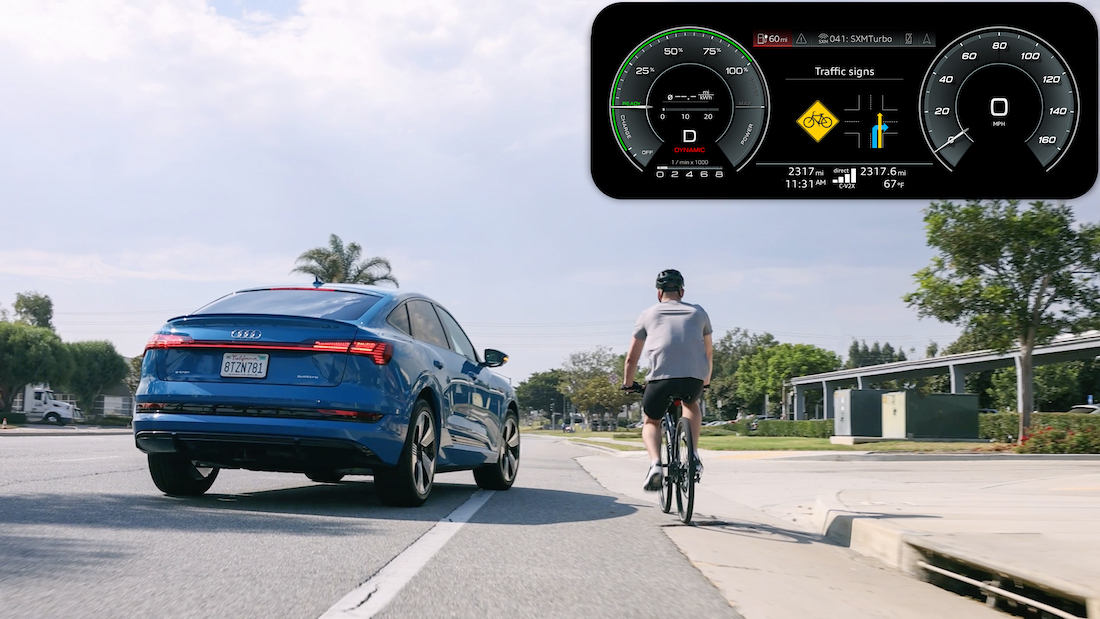
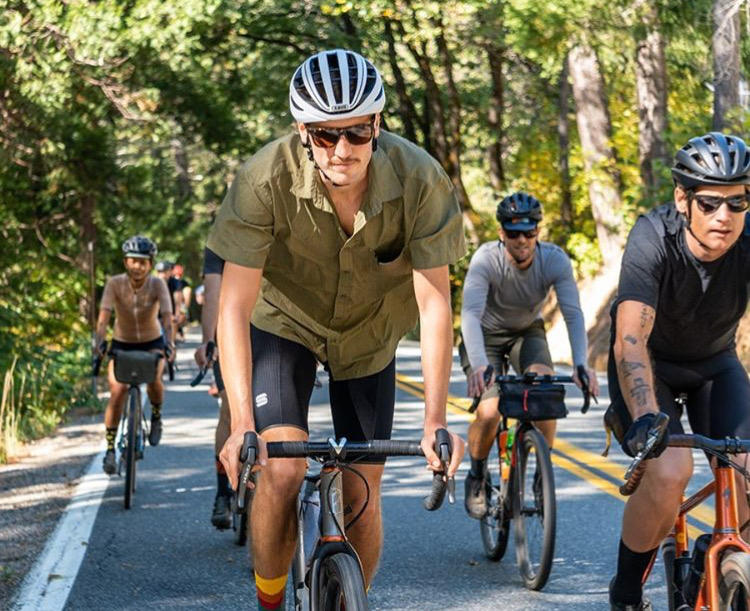
You’re in the bike lane, riding along and a passing car wants to make a right turn. What happens next? It depends. Do you, the rider, see that the car is making the turn? Does the driver of the turning car see that you’re coming from behind? Do other road users recognize the scenario and adapt? For the past decade, the answer in these questions has increasingly been no.
In 2021, the National Highway Traffic Safety Administration (NTSA) reported 42,915 roadway fatalities, a 10.5% increase over 2020. More than half of these fatalities involve vulnerable road users, which is everyone not in a vehicle, including cyclists, who represent approximately 1,000 of those annual fatalities (—that's 19 cyclist fatalities every week!). As with many things, this is a problem that can be solved with better communication.
Last week in Oceanside, California, German auto manufacturer Audi along with Swiss bicycle manufacturer BMC and American tech start-up Spoke Safety, brought a group of journalists together to showcase what Spoke said were the five scenarios that represent the majority of roadway fatalities for vulnerable road users in both the U.S. and Europe.
The aim was to demonstrate how a technology called Cellular Vehicle to Everything (C-V2X) can predict and prevent accidents. C-V2X does this by communicating directly with other C-V2X units in a localized area. The communication is unique in that it uses a dedicated portion of wireless spectrum reserved for safety by the Federal Communications Commission. C-V2X communicates at a rate of 10 times per second and depending on application, can alert drivers and vulnerable road users of the presence of approaching C-V2X units.
At this point, the technology’s only function is to send warning messages but in the future, C-V2X will provide data that will allow cars to automatically react to situations. It's a technology that will primarily serve autonomous vehicles of the future but Spoke Safety, Audi and BMC believe it can start saving lives now.
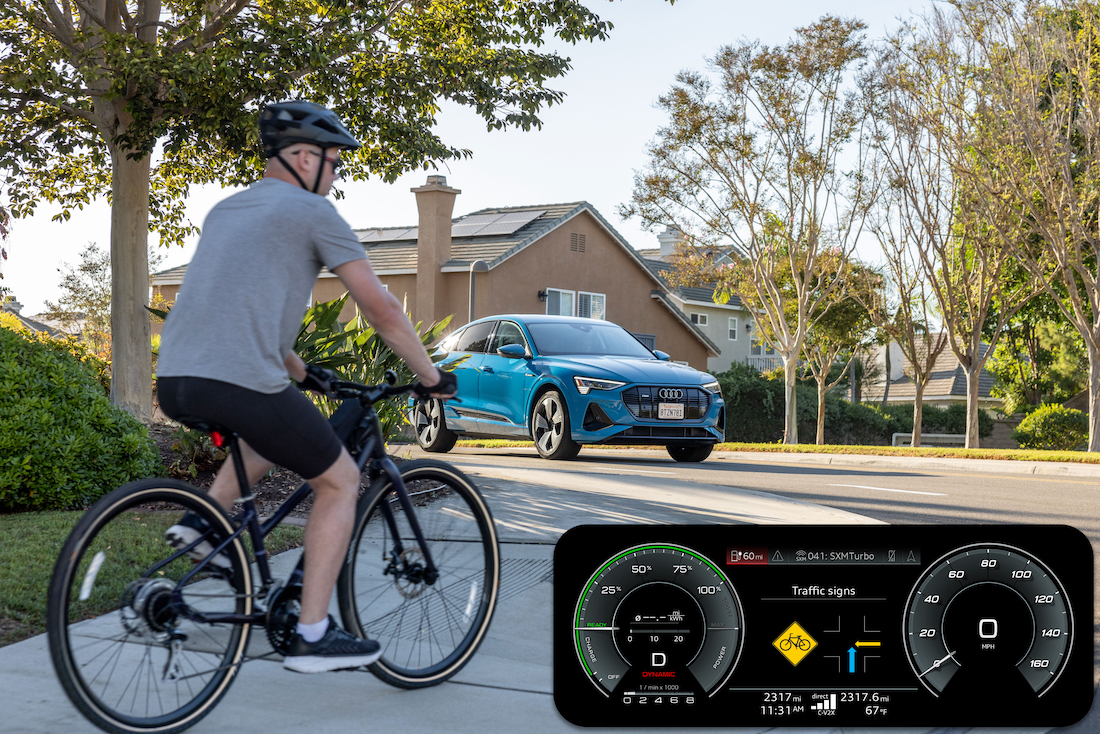
Depicted here is a scenario in which the C-V2X technology alerts a driver about an oncoming cyclist on the car's dashboard
Information In Advance
The number one reported cause of car related bike incidence are sudden encounters where drivers report not being able to see the cyclist. C-V2X uses a direct signal that can pass through visual barriers like cars, buildings, and winding roads.
Spoke Safety has developed an aftermarket device riders can install on their bike that broadcasts their presences to all other C-V2X devices in the area. The signal will warn drivers and provide valuable infrastructure data for city officials.
Get The Leadout Newsletter
The latest race content, interviews, features, reviews and expert buying guides, direct to your inbox!
“Spoke is about making vulnerable road users safe,” says Reid Sigety, co-founder of Spoke Safety. “We’re diffusing the anxiety that we typically have between a motorist and a cyclist.” Spoke created a prototype unit that will function as a rear bike light and also have a rear view camera. “We’re not asking someone to purchase a gadget they don’t need. A bike light flashes, our light flashes, but it also talks 10 times per second to other cellular vehicle to infrastructure chips,” says Segety.
It’s not just for bike and car users, either. C-V2X will improve safety for all road users. Soon it will be at traffic intersections, school and construction zones, on road signage, buses, emergency vehicles, you name it. Basically, roadside infrastructure will eventually be embedded with this technology.
Meaningful impact will require scale. By the time Audi equips their vehicles with the technology in 2025 or 2026, they estimate that there will be around five million various C-V2X units in operation on roadways. A further 60 million units are expected by 2030.
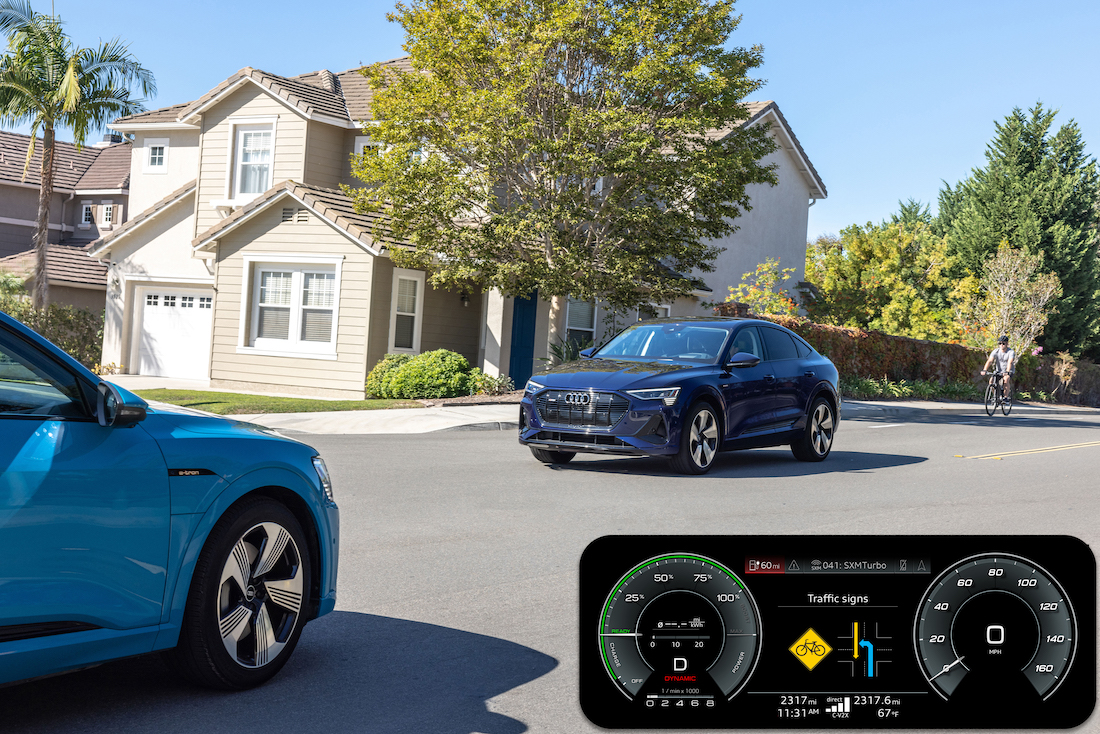
The car's dashboard will alert the drivers about the presence of a bicyclists even if the driver may not see them
The Pathway To Autonomous Driving
Audi is spurring the evolution of this technology's implementation by developing intelligent transportation safety use cases that will help C-V2X’s adoption to the market.
“If one Audi can save one bicyclist's life, it’s worth it,” says Anupam Malhotra, Senior Director for Connective Services at Audi North America. Audi is on their way to automating their vehicles and as an industry standard technology, hopes that unrolling C-V2X in all their cars will be a parallel process between other auto manufacturers.
According to Audi, the most important feature of this technology is that it doesn’t rely on cellular LTE coverage which takes too long to deliver information. Rather than finding a specific address to communicate with, C-V2X is a broadcast beacon communicating directly with other C-V2X devices.

The dashboard alerts are meant to prevents any "I didn't see you" situations
Safety As A Societal Technology
Autonomous driving is about cooperative safety, where data provides the ability to predict and avoid accidents.
“C-V2X creates the algorithms necessary for decision mechanisms that need to happen inside the car. It’s a form of connective mobility that will be the gateway to the improvements that we’re looking for in terms of societal safety,” said Malhotra. “We want to live in a world where you have autonomous driving that’s safe.
Bicycle manufacturer BMC meanwhile is looking to digitize their brand to better serve their riders’ needs.
“What bigger need is there than making sure you’re safe on the road?” says Chief Marketing Officer Mei Rider. “Everybody knows somebody who’s been in an accident or has been in one themselves. It was a bit of a no brainer from that perspective.”
Spoke approached BMC to be their launch partner and BMC didn’t hold back. “We went all in straight away and this has become a key focus for us at BMC. We’ve been in a constant feedback loop as to what the product should be —what riders really need, what matters to them. We’ve gone in lots of different directions and really honed in on the key features of the product. After doing rounds of research and surveys, the safety aspect of riding has come back as number one. We’re trying to focus on the things we can actively change or provide services for in the near future.”
According to Rider, BMC is undergoing a shift. As a brand that’s been innovation and engineering driven, they’re working to grow the sport by putting the rider at the center of their focus and they’re betting this technology can help them.
“C-V2X is a massive game changer. Learning about the tech perspective over the past year, we were trying to figure out the right configuration for this. Spoke was very specific about the need for instant communication. When you start to bring in city infrastructure and everything being able to talk to each other, the amount of data that comes off the back of that, we can really start to learn and create better solutions for what our riders want. We can push the industry forward,” says Rider.
The fundamental cause of auto-related cycling deaths is the result of transportation systems that are designed to prioritize cars over cyclists and other vulnerable road users. The good news is that our transportation systems are in the midst of paradigm shifts. Autonomous driving, micro-mobility and societal changes spurred by Covid-19 are transitioning our public spaces into safer, more equitable, human-centric environments.
Based on what I learned in California, ready or not, C-V2X is on its way. The future of mobility means vastly more connectivity and cooperation between cars, infrastructure and vulnerable road users. Accommodating various forms of mobility in shared spaces is a complex issue that C-V2X technology appears to be able to help us solve. However, until the technology scales and has higher levels of functionality (actually stopping a car) I think C-V2X’s impact towards meaningful societal safety will be subtle. If C-V2X can help prevent and lead to the elimination of roadway injuries and fatalities, that’s a win for team human.
As we transition towards more automation, the act of actually paying attention has increasingly become a lost art. We’re all distracted. Hopefully this technology allows us to stay safe and enjoy our lives more.

Thank you for reading 20 articles this month* Join now for unlimited access
Enjoy your first month for just £1 / $1 / €1
*Read 5 free articles per month without a subscription

Join now for unlimited access
Try first month for just £1 / $1 / €1

Marshall is a freelance writer from Missoula, Montana. He road raced throughout the U.S. and Europe with the US U23 National Team. Marshall has worked as a bike tour guide, brand marketer, and promoter of two wheeled stoke. In 2019 he traveled the U.S. racing, riding, and reporting on the sport of gravel. Marshall's aim is to help grow the sport of cycling by telling stories that hold the door open for people to become riders.
-
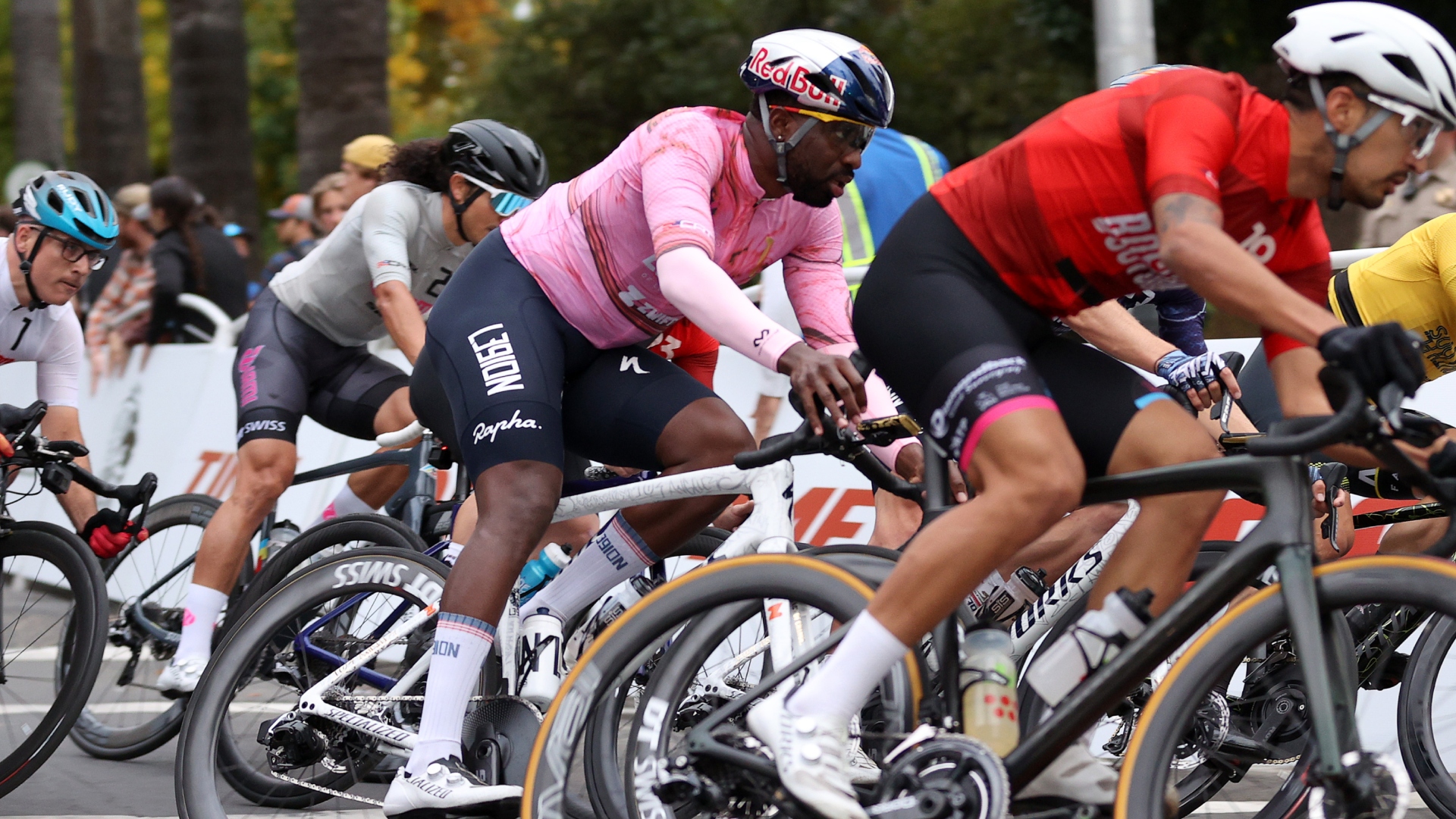 Can you make a living as an American domestic road racer? A look inside the part-time professionalism of the American road peloton
Can you make a living as an American domestic road racer? A look inside the part-time professionalism of the American road pelotonAfter decades of booms and busts, the American road scene finds itself in a fragile place. We spoke to riders to understand the reality of chasing the dream on home soil
By Logan Jones-Wilkins
-
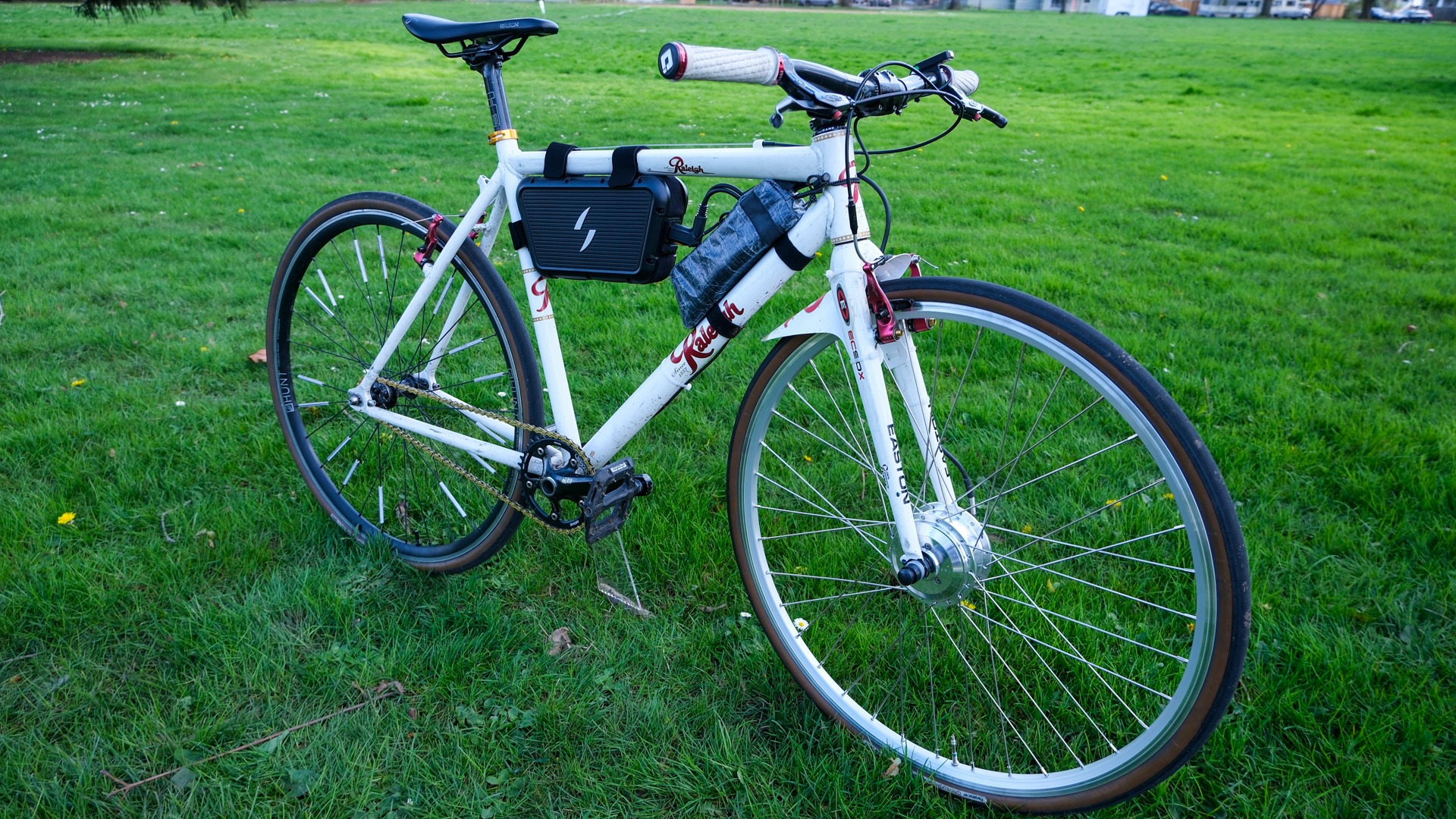 5 things I wish I’d known before reviewing the Swytch GO e-bike conversion kit
5 things I wish I’d known before reviewing the Swytch GO e-bike conversion kitSwytch offers an effective, albeit untidy, workaround for e–bike–curious riders. But as prices drop on full e-bikes, its value proposition may be fading
By Anne-Marije Rook
-
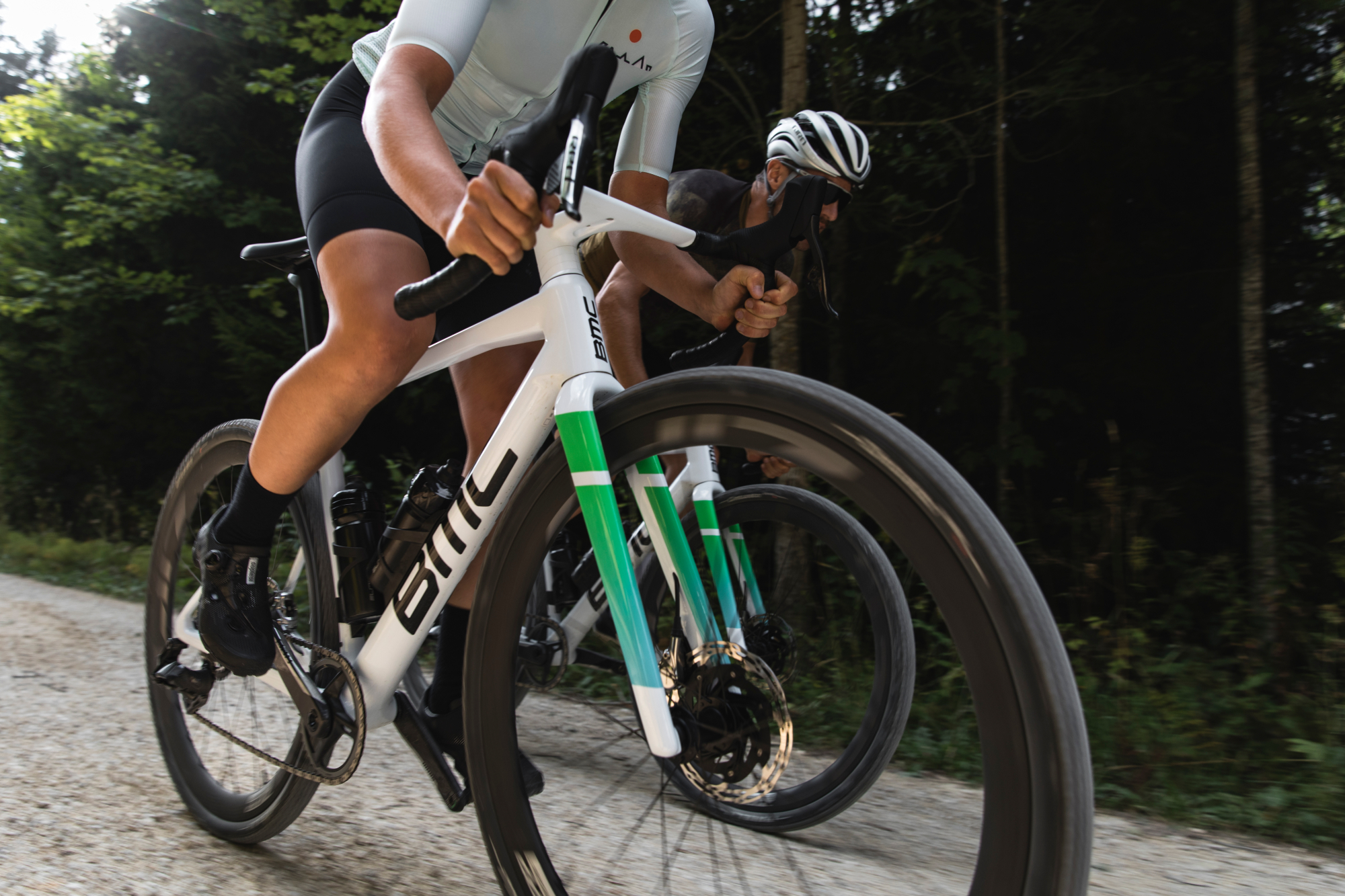 BMC recalls Kaius 01 Bikes and Framesets due to fork steerer tube separation concerns
BMC recalls Kaius 01 Bikes and Framesets due to fork steerer tube separation concernsSwiss company recalls all Kaius gravel bikes and frames for inspection, and will replace all affected forks
By Adam Becket
-
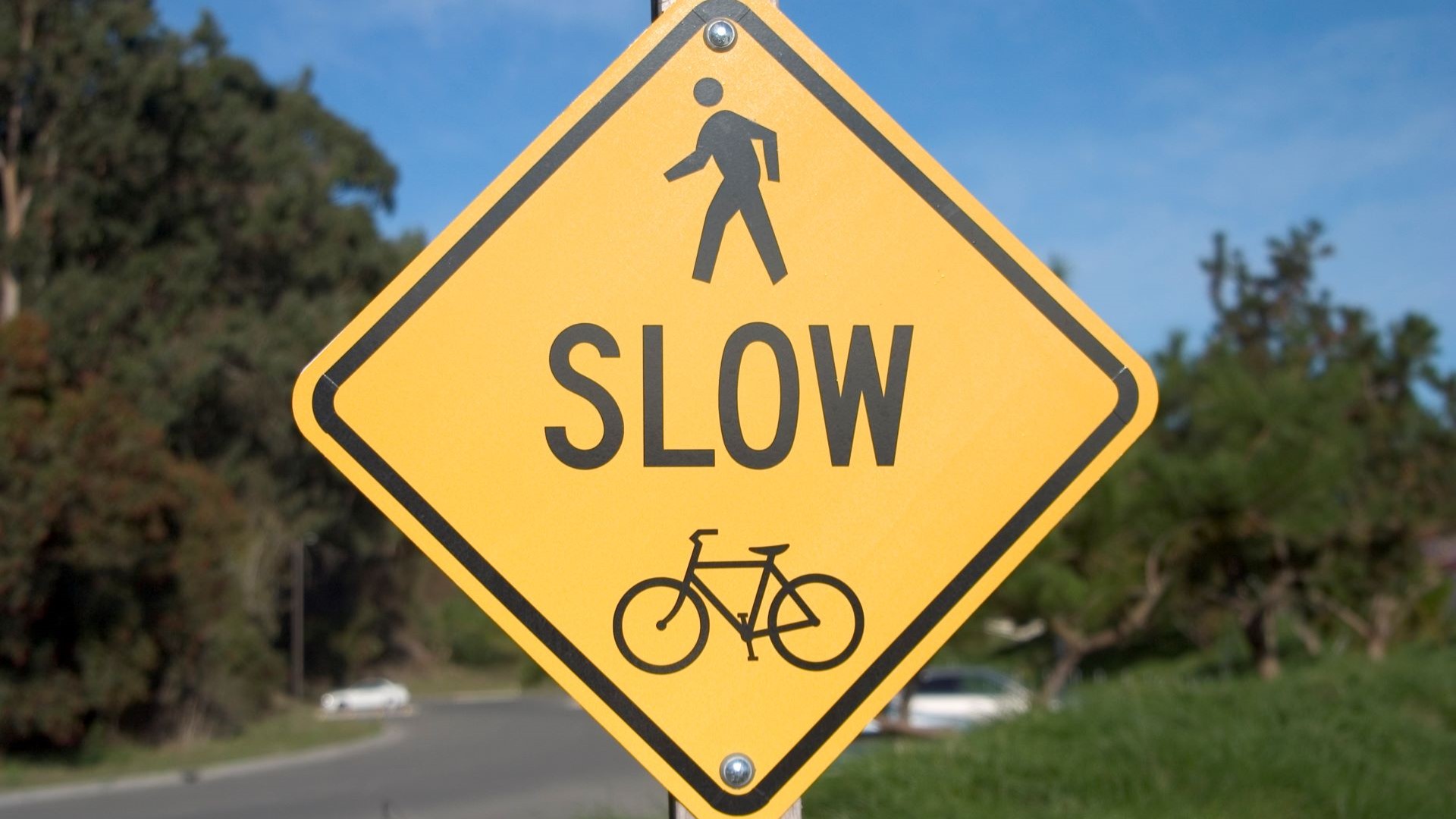 Advocates urge Biden to curb speeding crisis with Intelligent Speed Assistance in government vehicles
Advocates urge Biden to curb speeding crisis with Intelligent Speed Assistance in government vehiclesMore than five dozen groups push for speed-limiting tech as roadway fatalities hit a multi-decade high
By Kristin Jenny
-
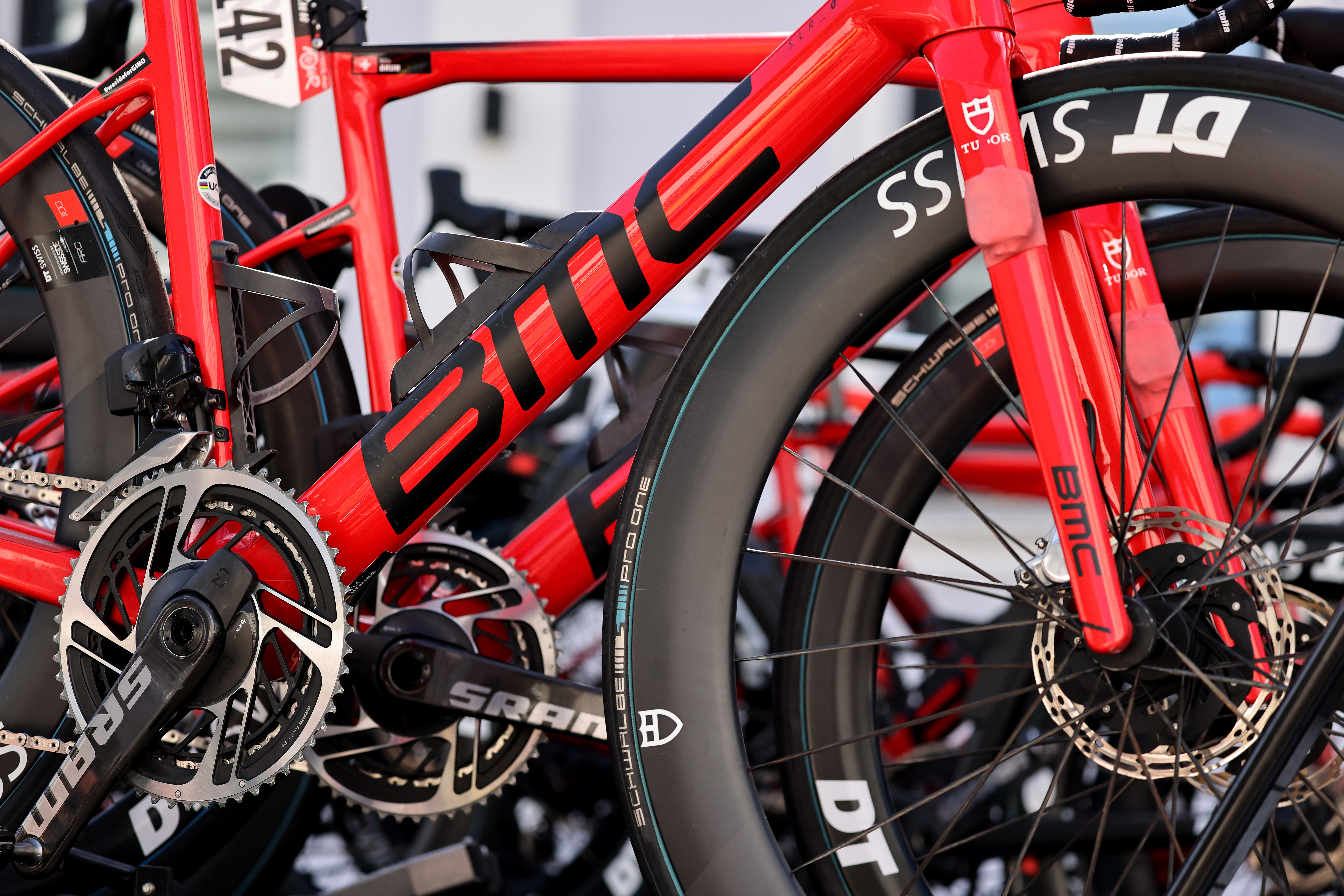 BMC applies for help from Swiss government to avoid job cuts
BMC applies for help from Swiss government to avoid job cutsGovernment will pay wages via ‘short-time working’ to avoid job losses at Swiss bike giant
By Tom Thewlis
-
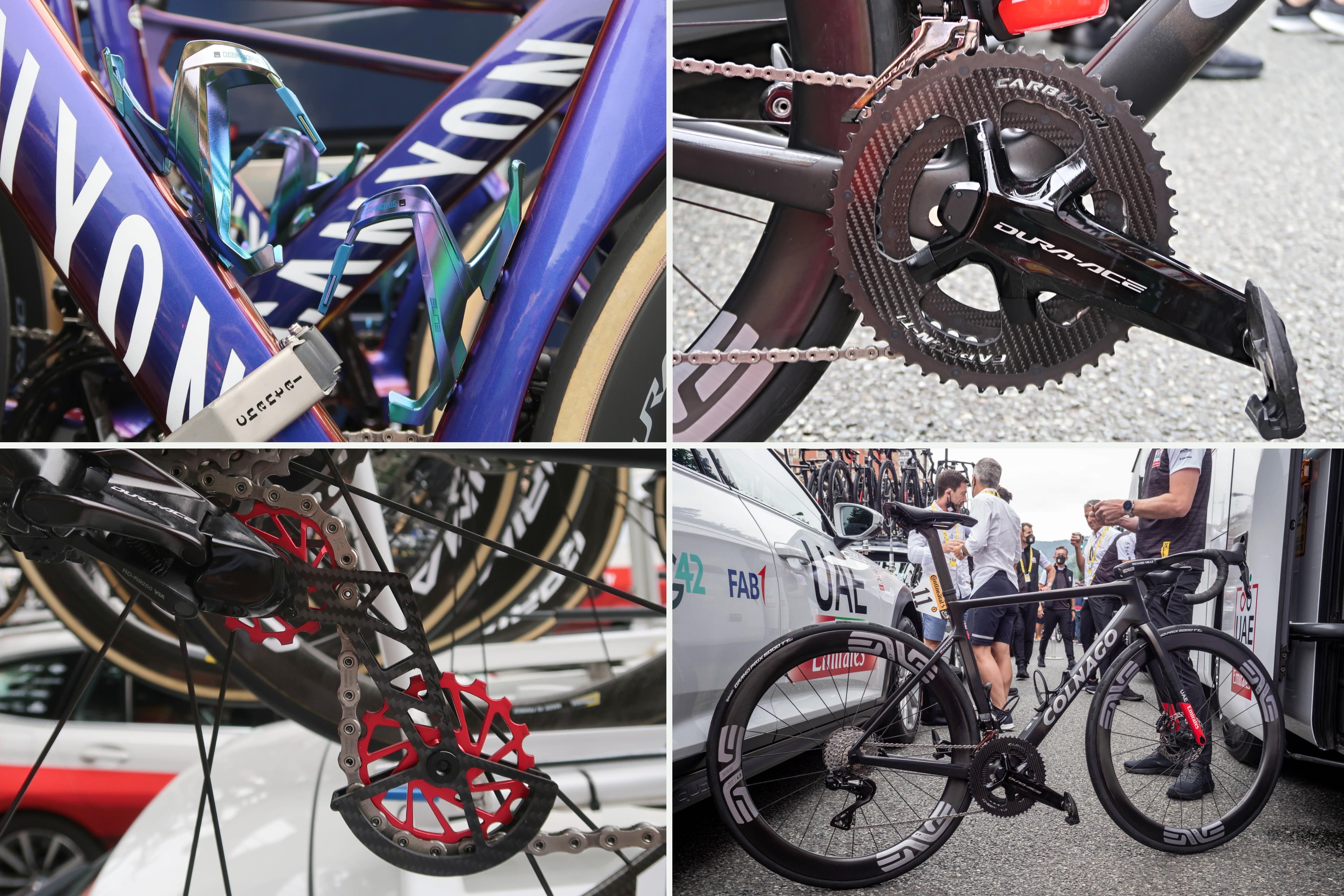 Gallery: The best tech spotted at the 2023 Tour de France
Gallery: The best tech spotted at the 2023 Tour de FranceThere were custom components and prototype bikes at the Grand Départ in Bilbao
By Tom Davidson
-
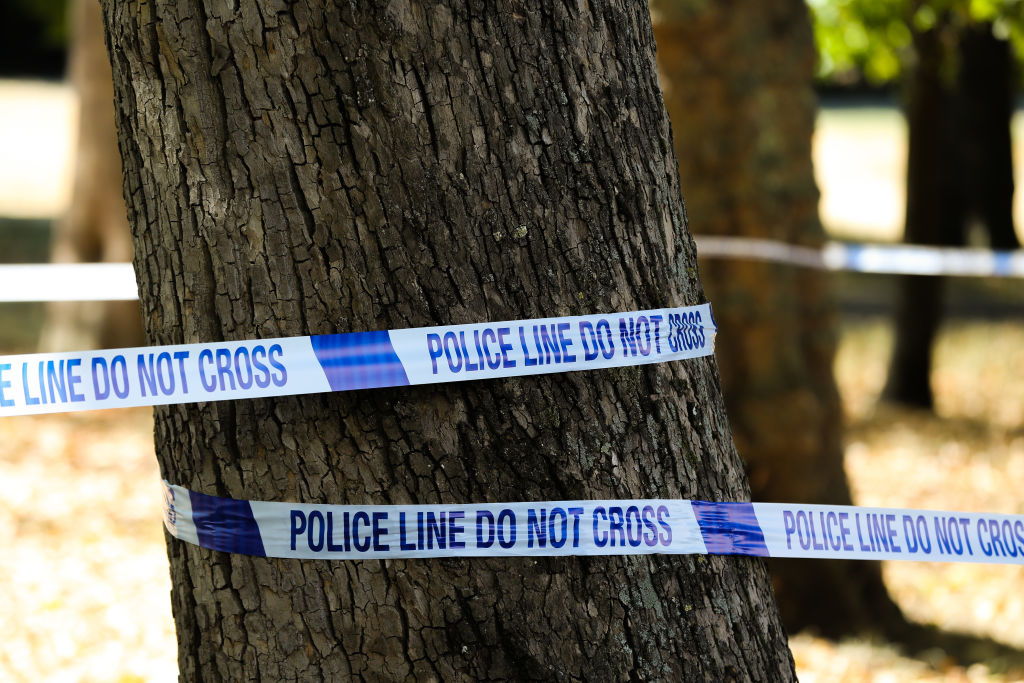 Pedestrian jailed for manslaughter after causing cyclist to fall in front of car
Pedestrian jailed for manslaughter after causing cyclist to fall in front of carAuriol Grey was sentenced in a retrial at Peterborough crown court on Thursday
By Tom Davidson
-
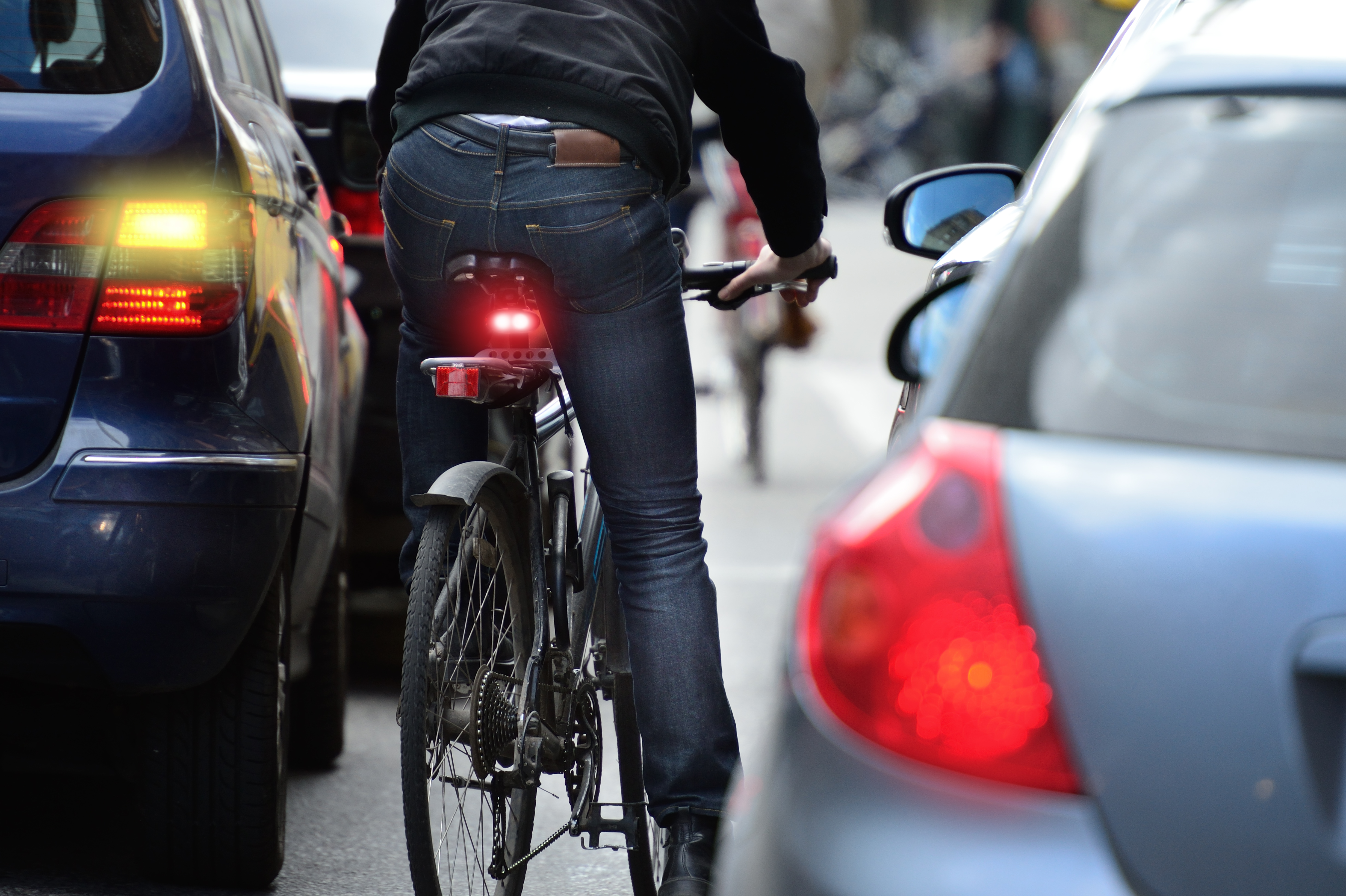 Road Rage: Cars v Bikes: BBC programme presents alarming portrait in rehashed debate
Road Rage: Cars v Bikes: BBC programme presents alarming portrait in rehashed debateThe BBC's latest Panorama documentary packs a shocking punch in road safety argument
By Tom Davidson
-
 Mike Burrows: the designer who influenced the bikes we ride today
Mike Burrows: the designer who influenced the bikes we ride todayA legendary bike designer and innovator, Burrows created the Lotus 108 ridden by Chris Boardman at the 1992 Olympics
By Tom Thewlis